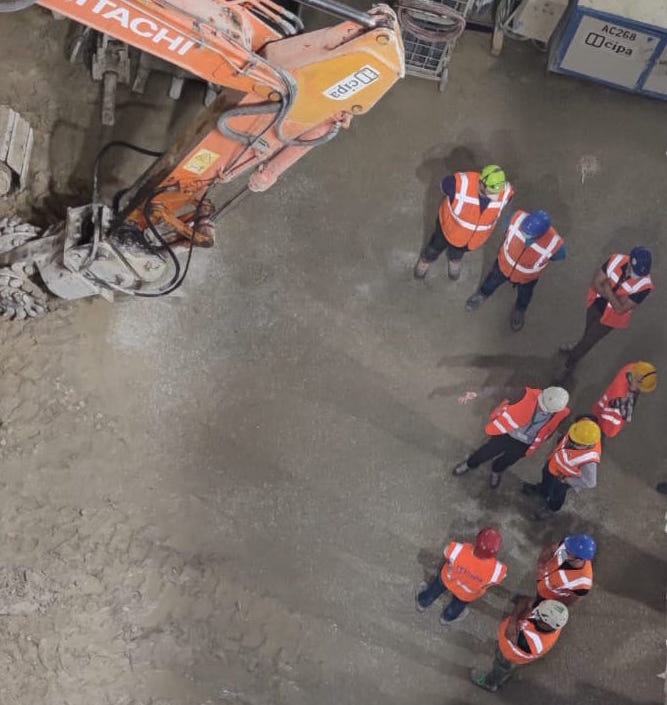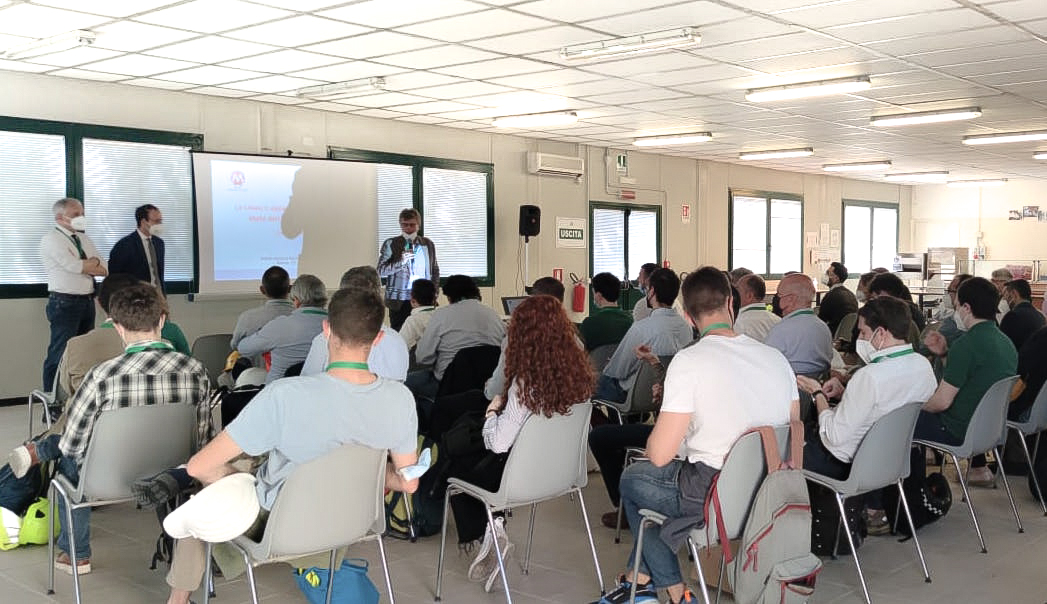On Friday, May 13th, a visit to the construction sites of Linea C of the Rome metro was held, bringing together leading technicians affiliated with SIG – Società Italiana Gallerie, an association that has been active for 40 years in disseminating know-how in the field of Tunnels and Major Underground Works.
The visit included a brief presentation of the main topics related to the construction of the capital’s third metro line, with particular attention to the excavation in the archaeological area of Fori Imperiali by the Head of Engineering at Metro C S.c.p.A., Eng. Eliano Romani, and an in-depth overview of the entire Line C construction project, including possible developments, presented by the Project Manager of Roma Metropolitane, Eng. Andrea Sciotti.
Approximately 50 technicians participated in the initiative, and they were able to attend the seminar held at the construction site headquarters of Pozzo 3.2 in Piazza Celimontana. Following the seminar, a visit was conducted at the construction sites of the Fori Imperiali station, including the widening of the tunnels for the future platforms, and the Celimontana Well, where the widening of the tunnels is being carried out in preparation for the construction of the railway exchange to be set up in the multifunctional well under construction.
The Società Italiana Gallerie was established in 1974 as an open cultural association with the purpose of promoting, coordinating, and disseminating studies and research in the field and art of tunnel construction and major underground works. As of today, it boasts over 800 members, representing public entities, public clients, universities, professional studios, engineering companies, general and specialized construction companies, as well as the industrial sector of the field. It is a member of the ITA – International Tunnelling Association – as a “Nation Member” representing Italy, and its delegates actively participate in the annual assembly and the work of the Working Groups.
The association’s activities are geared towards organizing cultural meetings, technical visits, and documentation courses, as well as printing and disseminating publications and coordinating participation in scientific and technical conferences.



